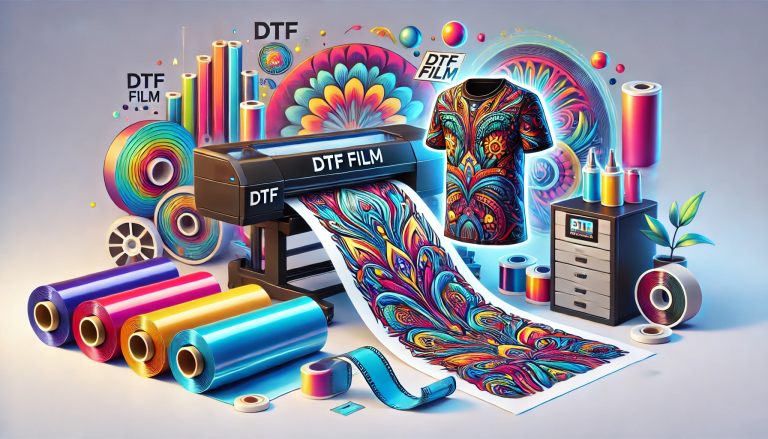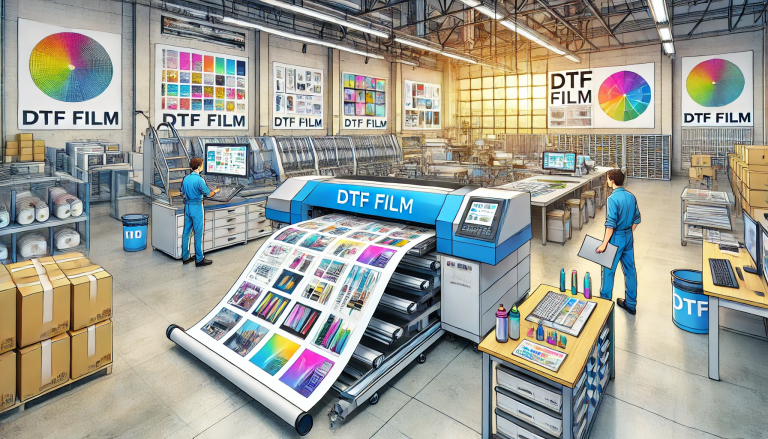“Is UV DTF Printing the Gold Standard for Quality?” -MAXDTF- China DTF UV Film, Direct to Transfer UV DTF Decal Manufacturer, Made in China
As we navigate through the various advancements in the world of print technology, one name that has garnered immense attention recently is Ultraviolet Direct to Film (UV DTF) printing. Considered a revolution in the print world, it’s no surprise that the technology is taking the industry by storm. The real question, however, is whether UV DTF printing lives up to the hype surrounding its quality? Here, we will explore this question in detail, delving into the depths of UV DTF printing.
Comprensión de la impresión UV DTF
Before jumping into the quality debate, let’s first understand what UV DTF printing is. A combination of Direct to Film (DTF) printing and Ultraviolet (UV) technology, UV DTF printing is a digital printing method that allows high-quality, full-color prints directly onto various substrates, including rigid, flexible, and even three-dimensional objects.
UV DTF printing works by applying UV-curable ink onto a thin film. This ink is then exposed to UV light, causing it to dry instantly. The film, with the dry and vibrant image, can then be transferred onto almost any surface.
Los aspectos de calidad de la impresión UV DTF
Precision and Detail
One of the reasons UV DTF printing is gaining a lot of traction is the level of precision and detail it provides. Thanks to the high-resolution digital printing process, UV DTF can capture intricate details, producing sharp and vibrant prints. This technology has the potential to replicate even the tiniest detail, making it ideal for complex and detailed designs.
Color Vibrancy and Durability
UV DTF printing uses UV-curable inks, which offer a broad color spectrum. The inks are also resistant to fading, ensuring longevity and maintaining the vibrancy of the print over time. When exposed to UV light, these inks dry immediately, which means they adhere better to the surface, offering excellent resistance to wear, weather, and chemicals.
Versatility
Quality isn’t only about the final product; it’s also about the range of options available. UV DTF printing shines in this aspect. Since it can print on a wide array of materials – from textiles and glass to plastics and metals – it offers endless possibilities for creative expression. The ability to print on different surfaces without compromising the quality of the print is a testament to its versatility.
Potential Drawbacks
Like any technology, UV DTF printing isn’t without its potential drawbacks. The initial investment in UV DTF printing equipment can be substantial, making it less accessible for small businesses or hobbyists. Additionally, although the UV-curable inks offer many benefits, they can be more expensive than traditional inks.
Moreover, while the technology offers high-resolution prints, the quality can sometimes be influenced by the type and color of the substrate used. The operator’s expertise can also affect the final output, emphasizing the need for appropriate training.
Conclusión
In terms of quality, UV DTF printing certainly checks most boxes. It offers precision, durability, vibrant colors, and the versatility to print on a wide range of substrates. While it may not be perfect, and there may be constraints related to cost and substrate suitability, UV DTF printing has firmly established itself as a technology that offers excellent quality outputs. Therefore, for businesses looking to make a lasting impression with their printed materials, UV DTF printing can indeed be considered a gold standard.
However, as with any technology, careful consideration of both the advantages and potential drawbacks is essential before making an investment. Future advancements may continue to optimize UV DTF printing, further enhancing its potential for delivering exceptional quality prints.




